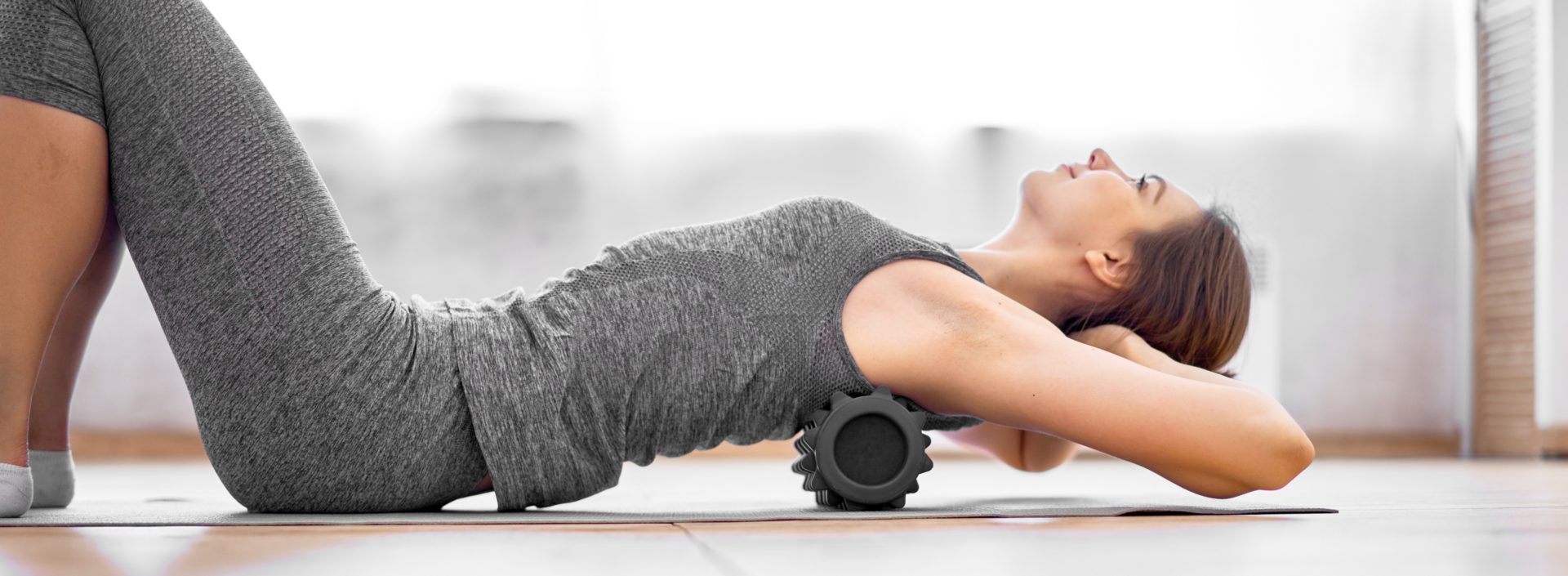We’ve put together 5 great mobility exercises for women with Endometriosis
When your abdomen is bloated, your pelvis is sore and all you want to do is curl yourself around your hot water bottle, exercise is probably the last thing you feel like doing.

Certain exercises can actually free you from your hot water bottle (at least until winter) by reducing the tension in your muscles, improving movement in your spine, increasing blood flow and therefore, reducing pain. What’s this magic type of exercise? It’s called mobility!
Mobility exercises are those that involve slow and controlled movement of joints through their range of motion and they can be done in a variety of ways. For women with Endometriosis, we know that maintaining or improving hip and spine movement can improve reported pain and tension. Exercises that mobilise those areas are generally a great place to start.
Each of us are unique and this means our bodies respond to movement and exercise in different ways.

It’s always recommended to be prescribed and guided through an individualised program from an Exercise Physiologist. To get you started, we’ve put together some mobility exercises that you may want to try at home.
- Teapots Stand with your feet hip width apart and your hands by your sides. Gently bend to the side, reaching one hand down the side of your thigh towards your knee. You should feel a stretch along the side of your body. Return to the centre, then repeat on the other side. Breathing: Breathe in as you reach down, breathe out as you stand back up.
- Knee Rocks Lay on your back with your knees bent, your feet on the ground and your arms beside you. Keeping your shoulders flat on the ground, gently rock your knees from one side to the other. Focus on rotating the lower part of your back and only rotate as far as you can without your shoulders coming off the ground. Breathing: Breathe in as you lower your knees to the side, breathe out as you bring them back to the centre.
- Gentle Book Openings Lay on your side, with your hips stacked directly on top of each other and your knees bent so that your feet are in line with your hips. Place your hands behind your head. Keep your eyes on your elbow as you open the top arm and slowly raise the elbow toward the sky, continuing to rotate over until your elbow is almost touching the ground on the opposite side or as far as you can reach without your hips rolling back. Slowly rotate back and bring your arms back to their starting position. Repeat on both sides. Breathing: Breathe in as you open your arm, breathe out as you close it.
- Spine Curl Ups Lay on your back with your knees bent, your feet on the ground and your arms beside you. Engage your gluts and core, then imagine you are peeling your back off the floor first by tucking your pelvis, then lifting up your spine one vertebrae at a time. Lift as far as feels comfortable, hold for a moment at the top, before lowering back down one vertebrae at a time and finally relaxing your pelvis. If you feel any pulling or discomfort in your lower back, work within a smaller range. Breathing: Aim for one full breath as your curl up and one full breath as you lower down.
- Towel Extensions Roll up a towel to create a log and place it horizontally on the floor. Sit in front of the towel with your knees bent and your feet flat on the floor. Slowly lower yourself down onto the towel so that it is positioned about 3/4 of the way up your back (on your bra line or just at the bottom of your shoulder blades). Place your hands behind your head and gently extend back over the towel. Hold for a few moments and then gently roll back up. You can do this is various positions on your upper back and use a smaller or larger towel to find the amount of extension that feels best for you. Breathing: Breathe out as you extend back over the towel, then complete 3-4 slow controlled breathes before exhaling as you roll up.

Top Tip: Matching your breathing to the movement can enhance the effective of the exercises.
As always, if the exercises exacerbate pain or symptoms, discontinue and seek advice from your GP or find a local Exercise Physiologist with a special interest in Women’s Health.
